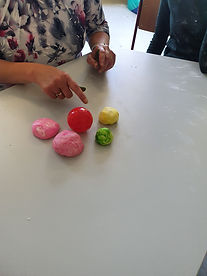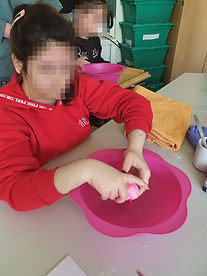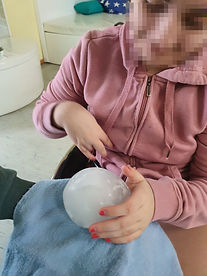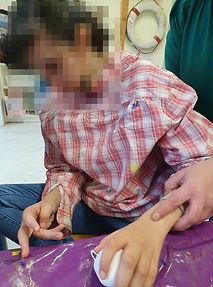Basaler-Erlebnis-Unterricht für das Fach Mathematik
narrative perspective
The protagonist of the stories is the teacher, who dresses as the magician Merlin. This character is highly recognizable for basic experiential mathematics instruction. He guides the students through the individual stories.
As described in the introduction, the individual stories consist of building blocks or serve as a resource for ideas. The individual blocks can be used flexibly, meaning they can be adapted depending on the time and student population. One story can be used to create multiple lessons.
Important! The stories are not read aloud, but told freely. The only important thing is that the story serves as a framework for the mood.
Structure of the stories
The stories are each structured so that they begin and end with the protagonist Merlin.
Some of them are supplemented by film clips that convey the setting or events. The stories include analogue activities in which students can explore and shape the shape and body of the sphere using different materials. They also have the opportunity to discover and learn about different round shapes in various areas of life.
Referring to the section of the North Rhine-Westphalia teaching guidelines for the mathematics task area, students experience the shape and solid of the sphere, the square, and the triangle, and perceive the lesson content at a basic perceptual level. See the description at the end of the page.
Secondary school
Impressions from the basic experience lessons in the subject
mathematics







Excerpts from the teaching guidelines for the goal-differentiated educational program Intellectual Development
Space and form
The perception of one's own body in relation to the surrounding space and, based on this, spatial imagination and spatial orientation are fundamental to the exploration of the environment. Based on concrete experiences, students build spatial mental images and use them for orientation in space. They develop an understanding of geometric shapes and bodies with their various characteristics and assign them to one another, naming them, constructing them, and drawing them. They determine, compare, and calculate the corresponding area, circumference, and volume. Students perform operations such as assembling, disassembling, transforming, mirroring, and rotating with flat figures and bodies.
The main focus is on:
• Spatial orientation and spatial perception
• Geometric shapes and bodies
• Operations with flat figures and bodies
(*1, page 25,*1) Teaching guidelines for the goal-differentiated educational program Intellectual Development at all learning locations in North Rhine-Westphalia (Mathematics)
*1) Teaching guidelines for the goal-differentiated educational program Intellectual Development at all learning locations in North Rhine-Westphalia Task area Mathematics
*2 Example of a school-internal curriculum for a special needs school with a focus on intellectual development, subject area of mathematics


